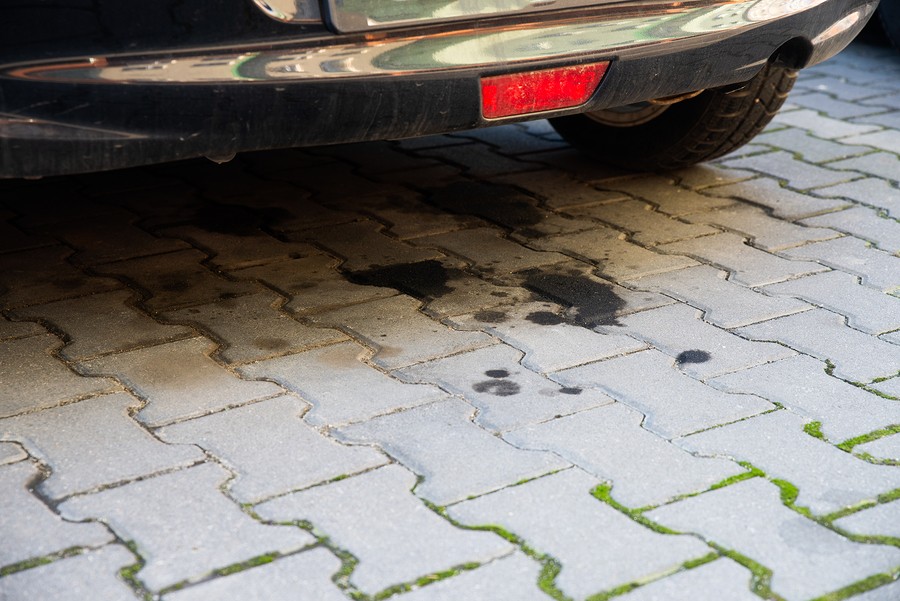If you're wondering, “what's leaking from my car?” Here's how to identify the leaking fluid based on color:
- Black or light brown means engine oil leaks
- Brown or red means transmission fluid leaks
- Clear red or brown means a power steering fluid leak
- Transparent brown or yellow means brake fluid leaks
- Pink, blue-green, green, or orange means a coolant leak
- Clear color means water leak
Your vehicle contains lots of fluids, and every fluid has a specific job. These fluids must be maintained within a specific amount for your vehicle to operate properly. Therefore, any simple reduction in some fluids might have significant consequences costing you thousands of dollars on repair.
The first step in identifying what's leaking from your car is detecting and monitoring the color. By understanding what each color means, you can immediately narrow down the list and identify the potential leaking fluids from your vehicle.
In this article, we'll walk you through six different types of fluid colors that could help you identify the leaking fluid and allow you to answer the question, “what's looking for my car?” You without need a professional!
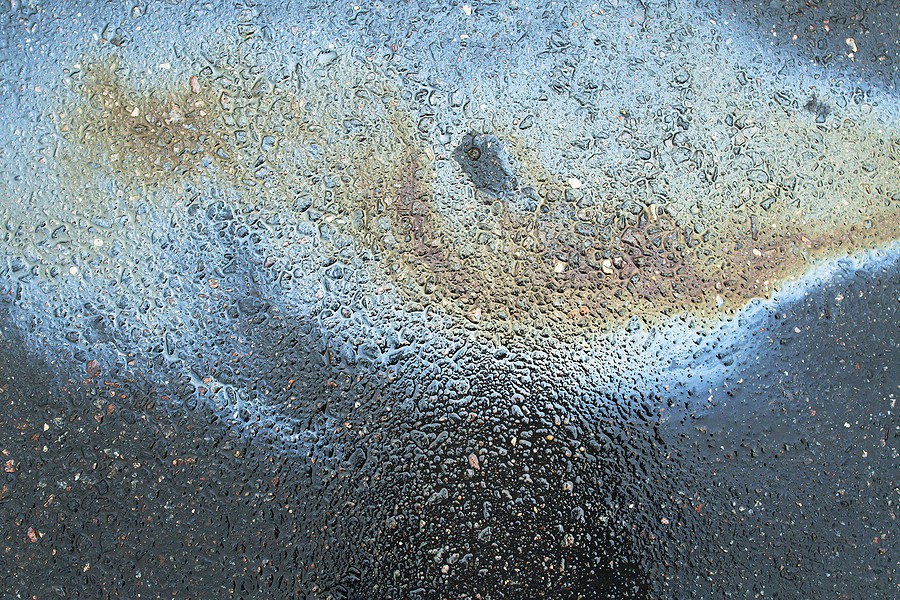
What's leaking from my car? Six different fluids
Your vehicle's fluids typically have specific colors. If you know the top ones and can identify them by color, you should be good to go, and you could easily identify the leaking fluid based on the puddle you're noticing.
Let's take it also look at the six top fluid cars along with their potential leaking fluids:
1. Black or light brown means engine oil leaks
The first and most important fluid we would like to highlight here is your motor oil. The motor oil is typically light brown when you first change it. However, over time views can easily get burned and turn more into a black color.
Motor oil is a significant fluid. It is one of those fluids you have to maintain within a specific range; otherwise, you'll deal with major engine complications that can easily damage the entire engine and get you in a situation where your engine gets self-disrupted.
The motor oil is responsible for lubricating the internal moving components in your engine and preventing friction. If there isn't any engine oil, these internal components will generate a lot of heat, causing your engine to overheat and get damaged.
You have to keep up with see oil amount, but you also have to keep up with the oil quality. If the oil is very bad, it might cause some leaks and escape through your engine's weak connections.
Therefore, you must keep up with your vehicle owner’s manual and understand when to change your motor oil to prevent situations where this oil leaks and causes other complications.
2. Brown or red means transmission fluid leaks
The second important fluid is related to another core component in your car: the transmission. Transmission fluid is typically brown or red. So again, it should be very clear that this is transmission fluid.
Depending on your transmission type, the transmission might play a significant role in your vehicle’s functionality. For example, if you're driving a vehicle equipped with a manual transmission, that's where you must have a specific amount of transmission fluid to avoid issues with the transmission that might impact how you drive your car.
The manual should also have details about how often you should inspect or change the transmission fluid. However, you shouldn't only stick with the manual's recommendations, and you should be proactive about any potential surprising problems that could cause the transmission to leak its fluid. One of the easiest ways is to identify the fluid whenever you notice any puddles of running fluid underneath your vehicle.
Sometimes the transmission fluid leak might not be very clear because it's minor, and once it hits the hot components, it replicates immediately. This situation also applies to all sorts of fluids in your car. Therefore, it doesn't hurt to perform a visual inspection of the surrounding components around the transmission to confirm that there is no minor leak happening.

3. Clear red or brown means a power steering fluid leak
After the transmission and motor fluids, the next step is to focus on the power steering fluid. The power steering also has its fluid, and this fluid is typically a clear brown or red.
Of course, if there is not enough power steering fluid in your system, it would be very hard for you to control your vehicle and maneuver, which could be a very critical situation because if you're driving in traffic or on the highways and would like to utilize this steering system, you'll find it very challenging. So, therefore, there's a very high chance of getting in major car crashes just because you didn't pay attention to the transmission fluid.
4. Transparent brown or yellow means brake fluid leaks
What's more critical than monitoring the braking system?! Did you know that the brake fluid might leak and get to a point where you can't control or stop your vehicle at all?! Therefore, you should keep clear attention to whether this fluid is related to the braking system or not.
Typically, the brake fluid should be transparent yellow or brown. Once you suspect it's brake fluid, you should consult your mechanic and probably avoid driving your car unless you're 100% sure that you have enough fluids to control the vehicle and prevent accidents.
In many situations, urocanic might ask you not to drive your car and to tow it to the nearest repair station instead.
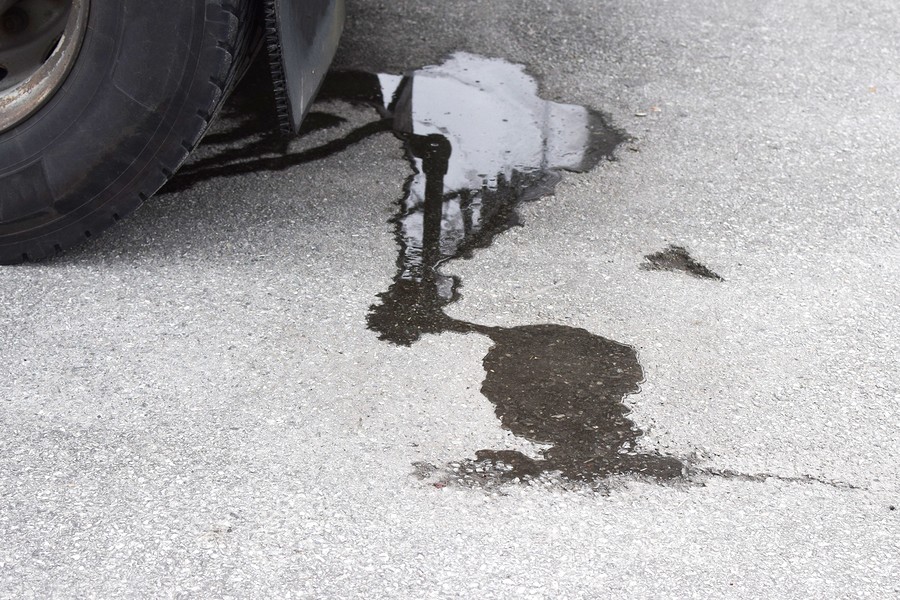
5. Pink, blue, green, green, or orange means a coolant leak
Coolant leak is another major one. The coolant is typically either pink, blue, green, green, orange, or bright colors. It is one of those very easy to detect fluids because the color is very bright and slightly different from all the other types of fluids.
Unfortunately, a coolant leak is another serious situation. It's not as simple as any other type of leak because it can easily damage the engine that is ignored for some time; however, did you know that there are some instances where the coolant leak might lead to them edging your engine in no time or within a couple of miles?!
Therefore, you must watch other symptoms indicating how severe your issue is. For example, suppose you notice that there is a coolant leak associated with some smoke coming out of the engine compartment or probably a significant high reading on the temperature gauge. In that case, that is a very critical situation.
You must fall over and stop your vehicle whenever you can to allow it to cool down for a little bit; you can then perform a quick visual inspection before reaching out to your mechanic and determine what exactly needs to be done next.
6. Clear color means water leak
Finally, it's not surprising to hear that some people are very nervous because they know there's some clear fluid leaking underneath the vehicle. The good news is that this is the only safe situation that you might be dealing with because it is typically the AC system that is leaking some of the water and that should not be concerning.
If you still want to confirm with your mechanic, you can always take the car and show your mechanics some examples of what you're suspecting, but it is not a problem when the color is clear.
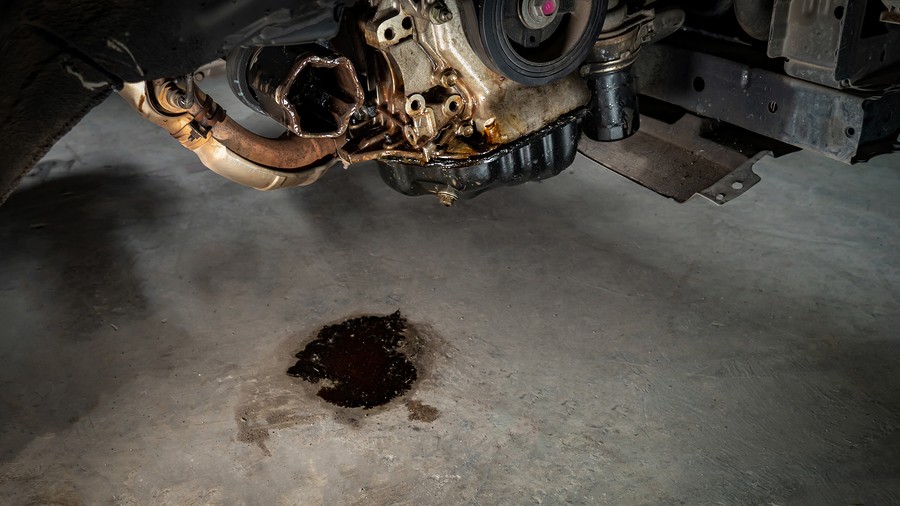
How critical is it to deal with fluid leaks?
As you might notice before, it all depends. For example, if the fluid leaking is engine oil, this is a critical situation, and you have to take some action immediately. The same principle applies to the coolant. However, if the fluid leaking is just water, that's where the problem is not very critical.
Keep in mind that although these fluids are different in color, some of them might be close to each other, making it a little bit challenging to identify the actual fluid leaking. You can then monitor any other symptoms that could help you narrow down the list and identify the potential leaking fluids.
Overall, anything leaking from your car is not good unless it's water. Whether you can wait for some time on the leaking fluid or you can't, eventually, you'll deal with music complications, and this suggests that you should immediately take care of any fluid leaks.
If you were waiting for your chance to get to the mechanic shop or if you would like to delay paying lots of money on repair costs, that should not be a strong reason because the longer you wait, the more the repair costs and the higher the chances that your vehicle might not be repairable.
How much does it cost to fix fluid leaks?
Again, this all depends on the root culprit. Sometimes it shouldn't cost you more than $50, but in some instances, leaks can require more than $1200. Therefore, you should get an accurate quote from your mechanic because he should better understand the severity of the leak and the potential impact on components around your vehicle.
Keep in mind that repair costs will be impacted by labor costs as well. So, for example, if you decide to go to a small independent shop, you shouldn't expect as high repair costs as those associated with the dealerships. Therefore, be mindful about where exactly you want to go considering what type of problem you're dealing with and whether the independent shop has the right skills you're looking for.
Saving money on critical problems doesn't lead to anything but more trouble. That's why we typically advise that every driver consult a mechanic rather than trying to test and do some of the DIYs. These DIYs typically lead to some complications, especially if you make any mistake that impacts some of the surrounding components.
However, if you have the right mechanical skill sets, this should not discourage you from fixing your vehicle. Still, it would be better to focus on minor problems first until you are 100% comfortable fixing the other problems assuming that you have all the tools you need.
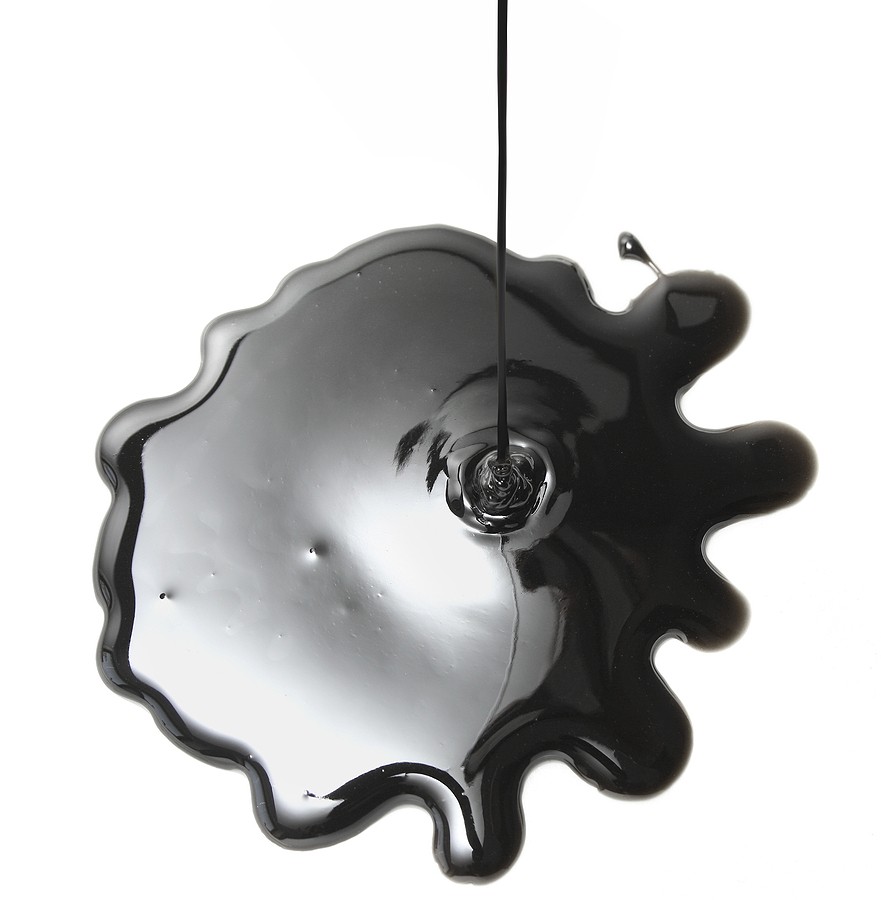
Final thoughts
Every driver must keep the fluids in your car within a specific range specified in your vehicle owner’s manual. Any changes in the minimum amount of fluid might lead to significant consequences, especially when this fluid is related to a major component like the engine.
One of the very common things that you might run through is a fluid leak underneath your vehicle. The question always remains, “what is leaking from my car?”
This article provided you with six different fluid colors to help you identify which one of those fluids is leaking underneath your vehicle. Once you determine the fluid, you can easily decide whether this is linked to a major problem or not.
If for any reason, the fluid leak causes your car to deal with major complications, that's not the end of the world because cash cars buyer is always here to buy any vehicle despite its type or condition.
Cash Cars Buyer is one of the top-rated car removal companies in the nation that guarantees to pay you the top dollars and provide you with free towing despite your living location around the United States.
Our process is very straightforward and doesn't take more than a couple of days to get your car removed safely and for the most money.
All it takes you is to:
- Describe your car's type and condition
- Receive our instant free quote
- Accept the quote
- Get your car removed and receive your cash payment on the spot!
To learn more about our process and our team, you can reach out to us by calling us at (773) 791-4363 or visiting our home page click on the free instant online offer.

